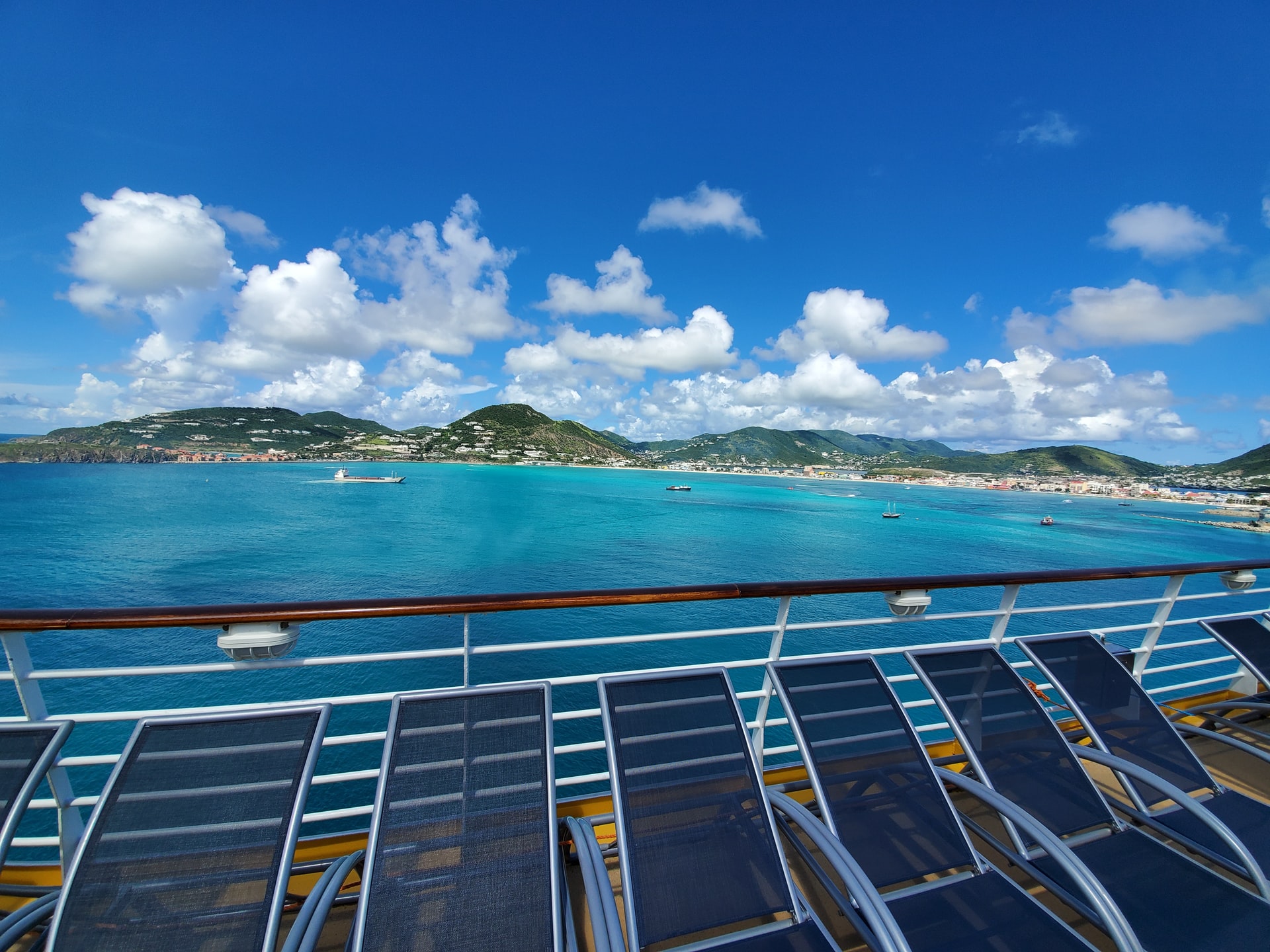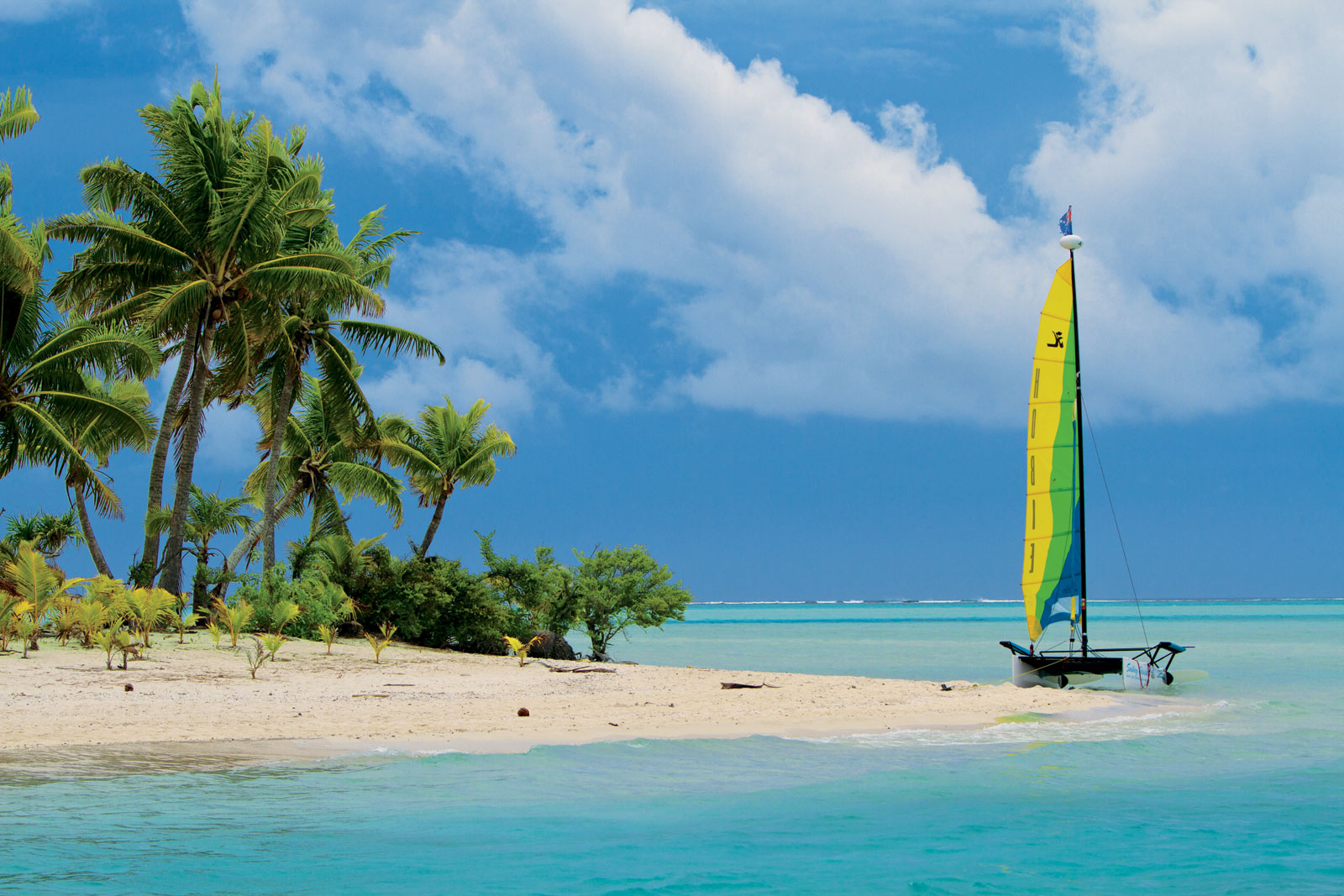The travel industry reacts to CDC, government advisories against cruising
ANN RUPPENSTEIN
Many travel industry professionals are taking a stance against the CDC’s updated guidance to avoid cruise travel regardless of vaccination status and the decision to raise the warning level for cruises to the highest level.
Speaking with Travel Courier onboard Celebrity Reflection while on a Caribbean cruise, Ian Elliott, VP Retail Sales and Marketing for TravelOnly shares that “a blanket warning against cruise travel is confusing and frankly does not appear to be consistent with the science and health and safety protocols onboard cruises at this time.”
Although the CDC announcement — and the government advisory against non-essential travel — has caused an increase in cancellations across the agency, he stresses that “many clients are still moving ahead with their cruise plans because they understand the protocols in place to keep them safe.”
Elliott, who is also an advisor at My Way Holiday, points out that TravelOnly advisors have been cruising since last summer and he’s gone on multiple cruises over the past year.
“I am onboard Celebrity Reflection right now and we’ve seen the crew updating their response to the Omicron variant in real time and enforcing mask wearing in all indoor public areas, including the fitness centre. The Captain makes an announcement each day regarding COVID cases onboard and we feel extremely safe,” he says. “Cruising is one of the safest ways to travel and their protocols and standards are incredibly high – higher than hotels, airlines and any mall, grocery store or public setting you may be in. Most cruise lines require between 95-100% vaccinated guests, negative COVID testing within two days of embarkation and rigorous and ongoing screening, sanitation and mask-wearing requirements when onboard. Cruise lines are testing at an incredibly high rate – higher than on land – and yet the case count percentages are lower.”
With cruise lines offering “cruise with confidence” policies in place to assist with any COVID related medical issues, quarantine and even complimentary transfers home, he says clients have additional peace of mind about cruising right now.
“The bottom line here is that the CDC — and the Canadian government — have singled out cruising for no scientific reason,” he adds. “This is an industry that was unfairly portrayed at the beginning of the pandemic and continues to be a scapegoat for these governing bodies. We will continue to confidently sell cruises and cruise ourselves to show our clients how truly safe it is.”

While traveller safety is the absolute priority, Matthew Eichhorst, president, Expedia Cruises, says its cruise line partners and the wider industry have stringent protocols in place to effectively monitor, detect, and respond to potential cases of COVID-19.
“These are often more stringent than in other parts of the travel industry,” he tells Travel Courier. “According to CLIA, cruise lines administer nearly 10 million COVID-19 tests per week — 21 times the rate of testing in the United States – and the cruise industry has a 33% lower rate of COVID-19 occurrence than onshore.”
On a similar note, Caroline Hay, the president of Cruise CEO, is calling for “the CDC and the Canadian government to stop the demonization of cruise ship travel and embrace the fact that the protocols are working and are setting the bar for safe travel during this pandemic.”
Hay says cruise lines have tried and trusted protocols in place “from pre-cruise testing to onboard testing to post-cruise testing, mask-wearing, contact tracing capabilities, fully vaccinated crew who are not permitted to leave the vessel, enhanced sanitization of the ships, vaccination requirements.”
She also points out that the CDC requires more from cruise lines than any other segment of the travel industry.
“One could easily test positive in a hotel in Miami, walk around the city, get on a plane and fly to Atlanta, and no one would be any wiser,” she says. “This would never happen onboard a ship.”

Responding to the CDC’s announcement, Zane Kerby, the president & CEO of the American Society of Travel Advisors, commented: “An increase in reported COVID cases on cruise ships should surprise no one given the worldwide spike driven by the highly-transmissible omicron variant. The difference between enjoying a cruise vacation and visiting your local grocery store or restaurant, however, is the extraordinarily stringent anti-COVID measures put in place voluntarily by the cruise lines, in close consultation with the CDC. These measures include testing, vaccination, sanitation, mask-wearing and other science-backed measures, as well as protocols to respond to potential cases of COVID-19.”
Kerby pointed out that: “If the average cruise ship were a U.S. state, it would be the safest in the country – by far. According to Royal Caribbean Group, since cruising restarted in the U.S. in June 2021, its ships have carried 1.1 million guests with 1,745 people testing positive – a positivity rate of 0.02%. Among U.S. states as of Jan. 4, Alaska’s positivity rate is the lowest at 9.4%, with Georgia’s the highest at 38.7%.
ASTA’s boss continued: “Cruising is no more responsible for the spread of the Omicron variant than travellers from southern Africa were at the outset of the current crisis. But we continue to see knee-jerk reactions singling out travel for discriminatory treatment. Because the travel industry is regulated more heavily than other activities, when COVID caseloads rise or new variants emerge, travel takes the hit. It brings to mind the old saying, ‘if all you have is a hammer, everything looks like a nail.’ This pattern needs to stop.”
Additional information from CLIA:
- Cruise industry protocols are unique in their approach to effectively monitor, detect, and respond to potential cases of COVID-19.
- Protocols encompass the entirety of the cruise experience, incorporating testing, vaccination, screening, sanitation, mask-wearing and other science-backed measures.
- Many of our members have announced additional measures in response to the Omicron variant, including strengthening testing, masking and other requirements, as well as encouraging booster vaccine doses for those eligible.
- Vaccination rates onboard a cruise ship typically are upwards of 95 percent—significantly higher than the overall U.S. population which is hovering at 62 percent.
- The latest data show that, even with higher rates of testing, the cruise industry continues to achieve significantly lower rates of occurrence of COVID-19—33 percent lower than onshore.
- According to the CDC’s colour-coding system, a cruise ship may be determined to be “yellow” – and, therefore, subject to CDC observation – if a threshold of 0.10 percent or more passengers (i.e., 7 out of 6,500) have tested positive in the last seven days, or if even just one crewmember tests positive.

















